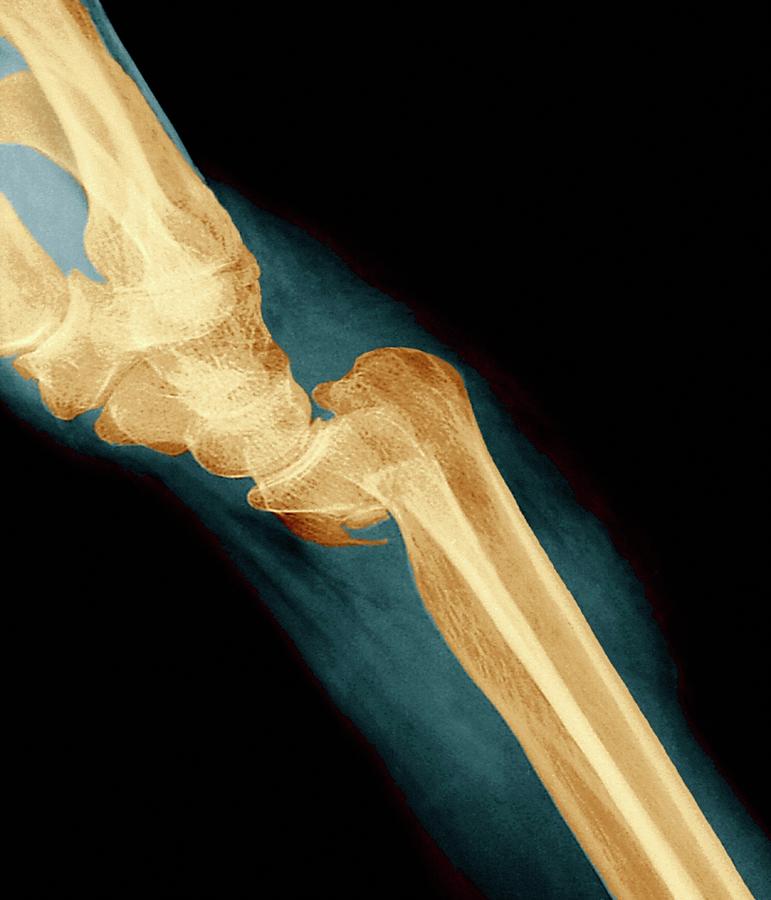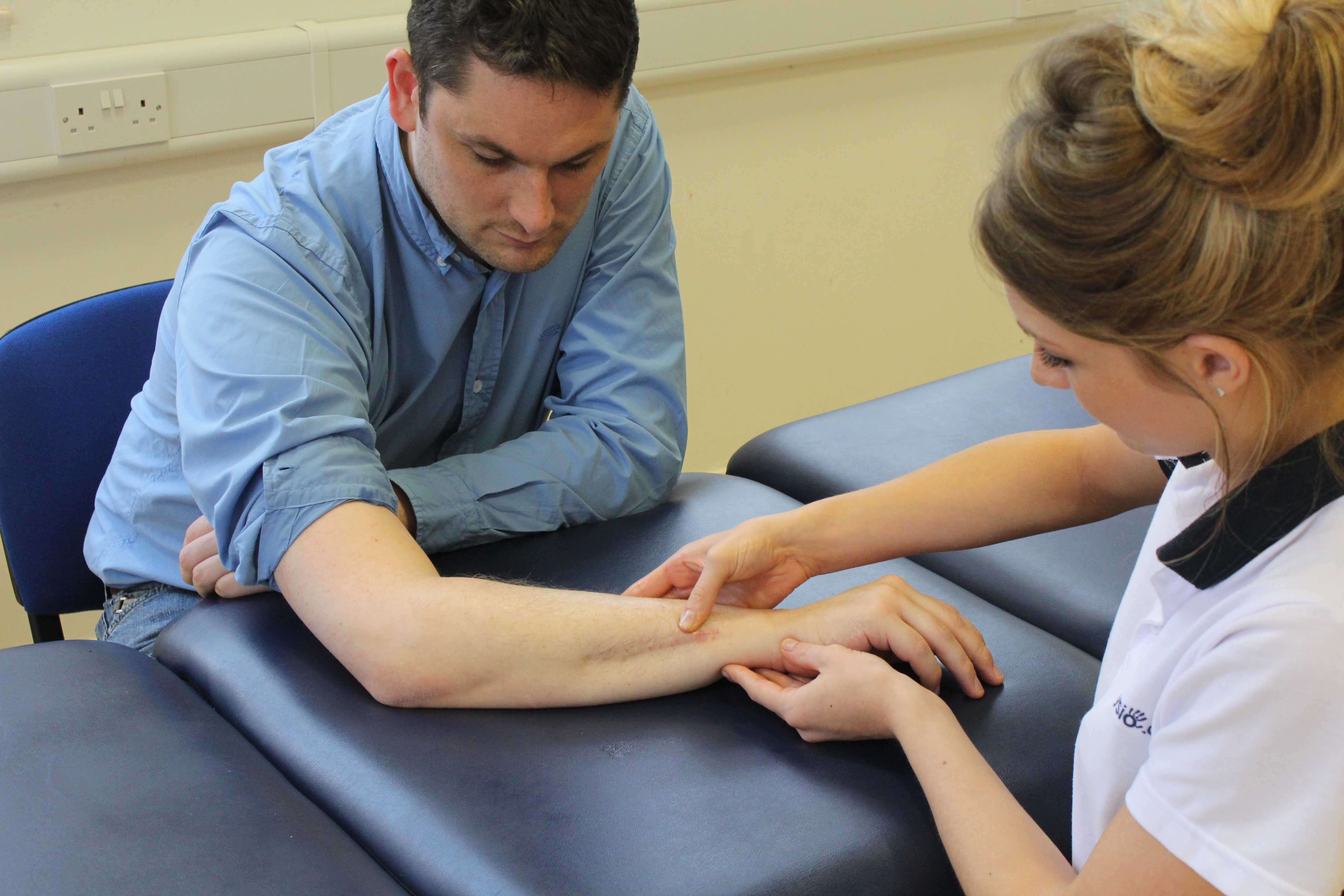
The neurological examination for a suspected distal radius fracture should include the following nerves being assessed: On examination, it is important to assess for any evidence of neurovascular compromise check nerve function (see below) and limb perfusion (capillary refill time and pulses). Additionally, remember to examine the joints above and below to identify occult injuries. Any neurological involvement can also result in paresthesia or weakness. Patients with a distal radius fracture typically present following an episode of trauma, complaining of immediate pain +/- deformity and sudden swelling around the fracture site. This is an intra-articular fracture of the distal radius with associated dislocation of the radio-carpal joint.Ī Barton fracture can be described as volar (more common) or dorsal (less common), depending on whether the volar or dorsal rim of the radius is involved. This type of fracture is caused by falling backwards and planting the outstretched hand behind the body, causing a forced pronation type injury (Fig. This describes the volar angulation of the distal fragment of an extra-articular fracture of the distal radius (the reverse of a Colles fracture), with or without volar displacement. *By definition, a Colles’ fracture also includes an avulsion fracture of the ulnar styloid, however this feature may not always be present in those described as such Smith’s Fracture The transfer of load as their body falls forces the wrist into supination (Fig. It occurs when a person falls forwards and plants their outstretched hand in front of them. This type of fracture typically occurs as a “ fragility fracture” in osteoporotic bone. Classification Colles’ FractureĪ Colles’ fracture* describes an extra-articular fracture of the distal radius with dorsal angulation and dorsal displacement, within 2cm of the articular surface. A FOOSH causes a forced supination or pronation of the carpus this in turn increases the impaction load of the distal radius. The distal radius takes 80% of the axial load underneath the scaphoid and lunate fossae.

However, children between 5-15yrs are also prone to these fractures. Due to osteoporosis, the risk of these fractures increases with age (termed ‘fragility fractures’). Your initial focus should be on gaining wrist flexion and extension, or bending down and up.Distal radius fractures are most commonly caused by a fall on an outstretched hand (FOOSH). These advanced wrist stretches can be started later. These might be motions like when you're pouring a pitcher of water or carrying a bowl of soup.

Your physical therapist may also prescribe exercises to work on turning your hand over.

To start regaining wrist range of motion: Range of motion is the movement that you can do around the joint. This is normal, and your first exercises after removal of your cast should be geared towards regaining wrist range of motion. After wearing a cast or a splint, you may have noticed that the muscles and joints around your wrist feel tight.


 0 kommentar(er)
0 kommentar(er)
